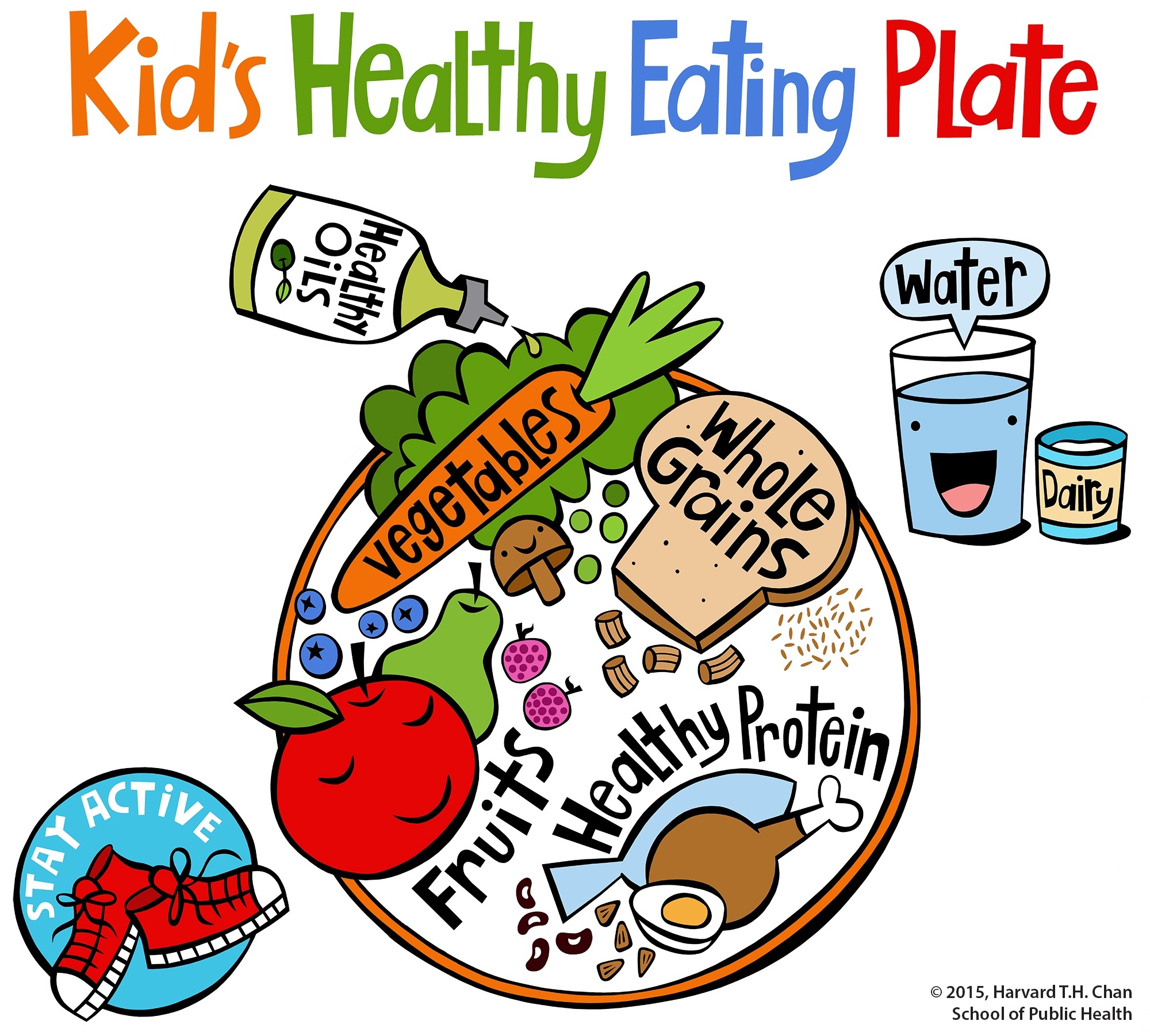It’s Never Too Early to Help Children Develop Healthy Dietary Habits

Advances in Nutrition review finds “improving diet habits during gestation and postnatal periods is of critical importance.”
The prenatal and early infancy periods are critical for forming food preferences that continue into childhood and beyond. Most published research, however, has focused on parental feeding practices and its effect on food choices during childhood. The influence of in utero conditions and first feeding experiences during infancy, on the other hand, has not been as extensively researched. This period is particularly important because taste and olfactory systems are capable of detecting flavor information prior to birth via amniotic fluid in utero and then later via breastmilk.
Infants show considerable flexibility in food preferences, enabling them to adapt to and develop a preference for foods that are available within their environments. Moreover, early infancy is a critical period for food texture exposure. Delaying the introduction of solid foods, for example, may lead to later childhood preferences for textures that are potentially linked to overeating.
Several studies have shown that weight gain during infancy may have long-term consequences on health. Therefore, it is important to develop effective, evidence-based infant feeding strategies to promote the development of lifelong healthy eating practices.
In response, the authors of Early Influences on Development of Sensory Perception and Eating Habits, published in Advances in Nutrition—An International Review Journal, conducted a narrative review to assess the effects of fetal and early food experiences on the development of food preferences and eating behavior during infancy and early childhood. The authors focused on discoveries from the last 10 years, although some earlier studies were also incorporated into their review. Specifically, this review examined three key factors: effects of in utero conditions on eating preferences, influence of breastfeeding on early food preferences, and effect of food texture on feeding skills development and food acceptance.
According to the authors, individuals who experienced impaired fetal growth may be driven to prefer energy-dense foods throughout their lifetimes via a phenomenon called the thrifty-eating phenotype. Unfortunately, “considering the large availability of energy-dense, palatable, and ultra-processed food in the actual global environment,” the authors believe that “the thrifty phenotype becomes a risk factor for obesity, diabetes, and cardiovascular disease in the long term.”
Overall, the authors found a clear correlation between the mother’s diet during pregnancy and their children’s later dietary preferences. Moreover, “the development of flavor perception continues when the infant is exposed to human milk, a liquid that, similar to the amniotic fluid, comprises flavors that dynamically reflect the mother’s diet.” In contrast, infants fed formula learn to prefer its unique flavor profile and may have more difficulty initially accepting new flavors.
Compared to other sensory characteristics of foods such as flavor, less information is available about infants’ perceptions of food texture and its influence on food preference. Nonetheless, some research indicates that there may be a sensitive period in infancy for the acceptance of new food textures, suggesting that delaying the introduction of solid foods may lead to an aversion to certain textured foods and possibly feeding difficulties in later childhood.
In conclusion, the authors believe that “improving diet habits during gestation and postnatal periods is of critical importance for the establishment of positive eating habits and healthy growth in infants and should be an important focus of primary prevention efforts.” In particular, the authors note that “stimulating healthy food choices is inevitably beneficial to everyone, but maybe more so to individuals during sensitive periods of their lives (e.g., pregnancy, lactation, infancy, adolescence).”
Photo: © Pixelshot via canva.com
link







